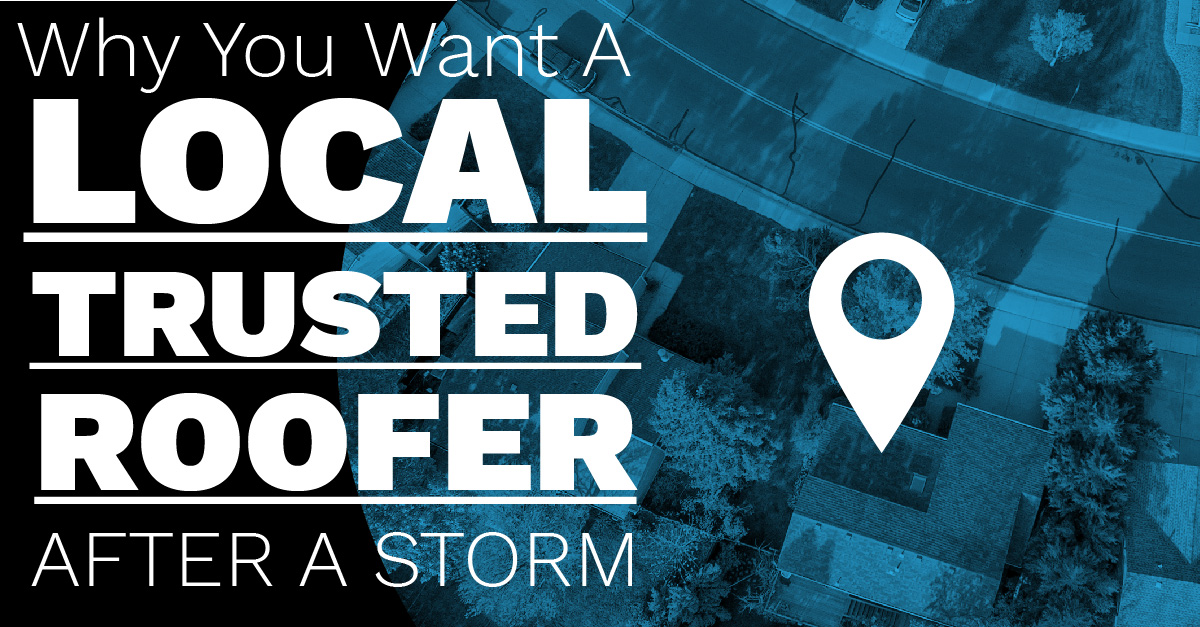Building trades often fall into very specific roles. You would not ask a plumber to install low voltage lighting for your Tampa plant, for example. You would not call an electrician to re-attach roof flashing on your Tampa industrial building. Would you, though, ask a Tampa commercial roofer to work with you on your heating, ventilation and air conditioning (HVAC) systems? In some cases, the answer should be, “Yes!”
1: Avoid Punctures
According to the experts at Facilities Net, a leading cause of roofing failure is puncture of single-ply membrane by tradespeople who visit your company’s roof. HVAC technicians servicing your rooftop cooling units can easily damage the roof, whether with their boots, tools or equipment. A strategy to avoid and address punctures and tears is to have your Tampa commercial roofer provide walkways around the HVAC installations, keeping workers’ boots up off the roofing surface. The same roofer can revisit the roof after HVAC work to ensure any accidental punctures are properly sealed.
2: New Installations
Many rooftop A/C systems require regular replacement after around 10 years. This may necessitate replacing the A/C curb, which directly impacts the roof membrane or built-up roofing (BUR) in place. Anytime a contractor plans to cut through your building’s roof, a Tampa commercial roofer should be part of the process. Installing a new A/C curb involves cutting into the roof deck, attaching the curb and providing waterproof seals on all four sides. Do not rely on your HVAC contractor to complete that work satisfactorily. Keep the lines of communication open between HVAC company and your roofer, so the work is done expertly. Your roof’s warranty could be voided if the HVAC technician does the job incorrectly.
3: Code-Required Fasteners
Especially in hurricane-prone Florida, inadequate fastening between HVAC systems equipment, curbs and roof are a major challenge and cause for concern. Your AC installer may be unfamiliar with building code restrictions regarding these all-important attachment points. Your Tampa commercial roofer lives by the Florida Building Code day in and day out. Having the two trades work together can ensure your rooftop AC units stay put in high winds, says Facilities Net. Get ahead of the codes and competition by contacting Aderhold Roofing today to ensure your HVAC contractor treats your building’s roof right. By partnering with Aderhold Roofing, you can protect both your cooling plant and your roof from unintentional damage from HVAC technicians.










